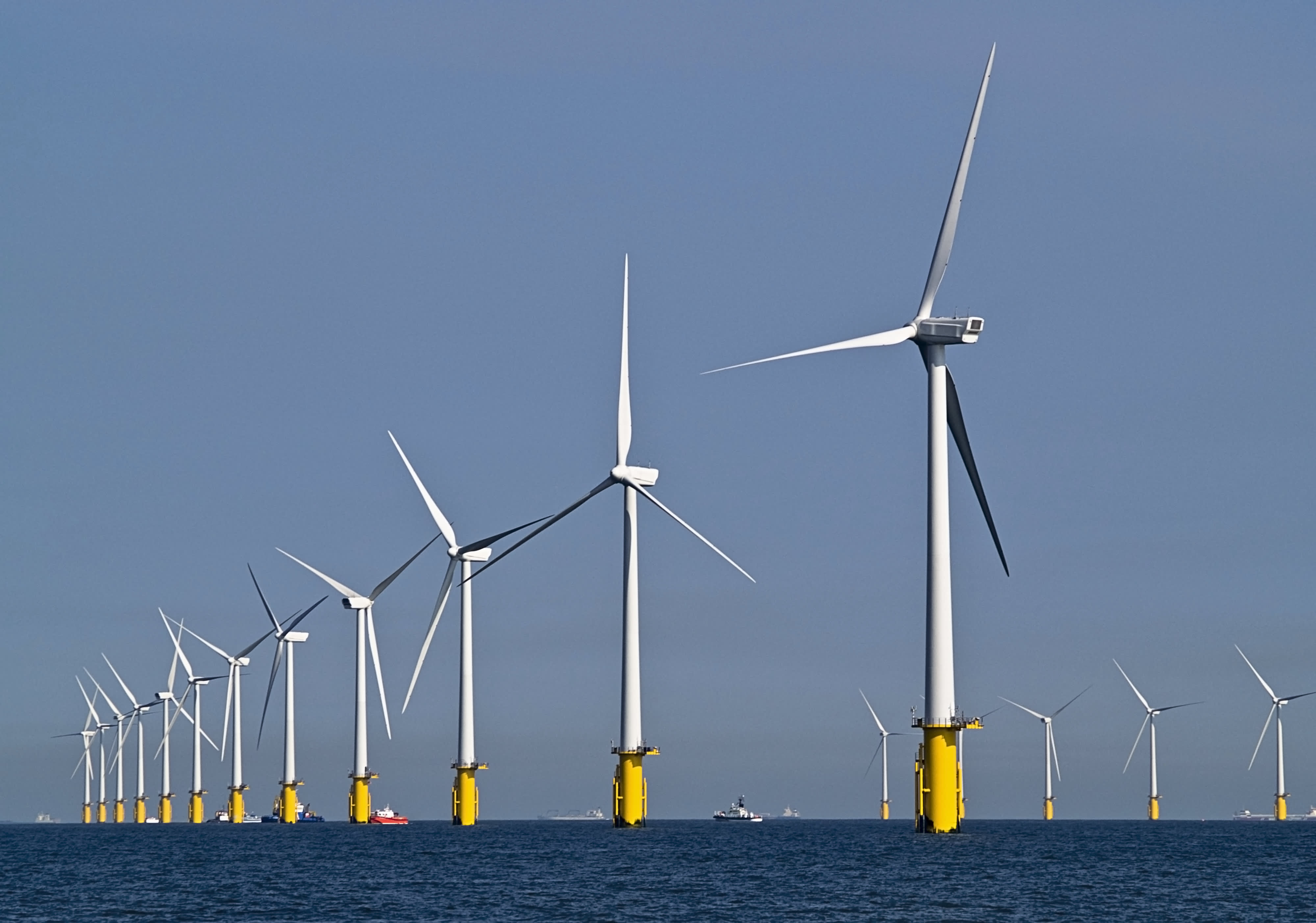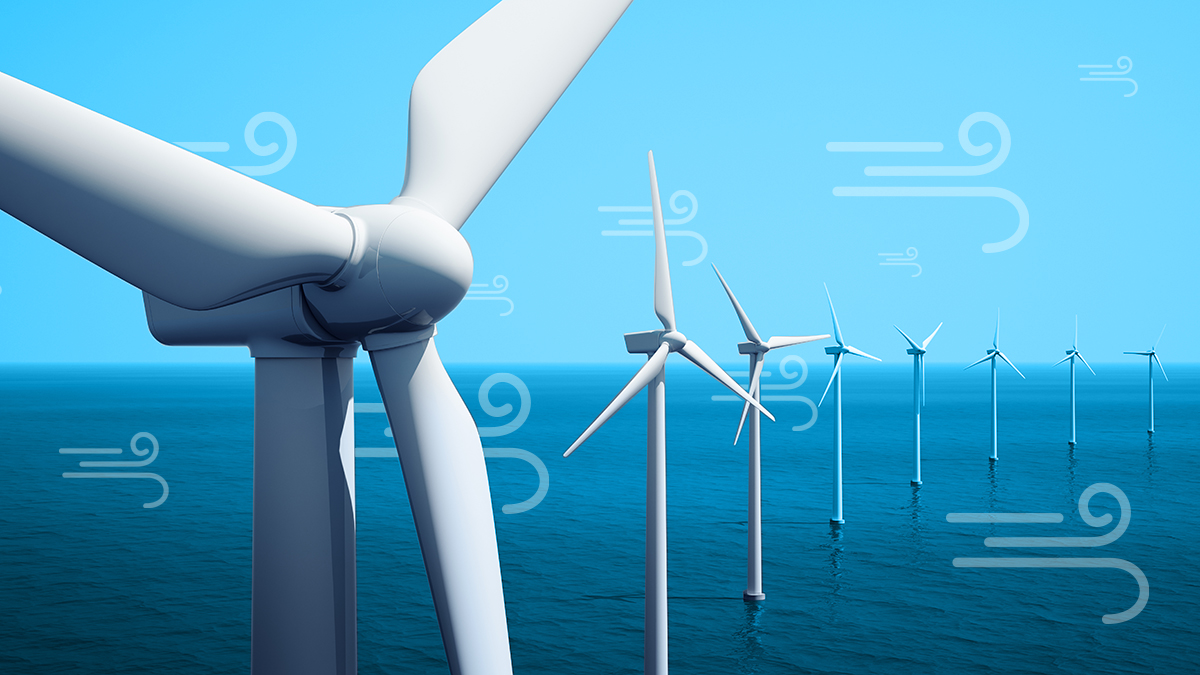What to Know
- New Jersey has already approved a 1,200-megawatt offshore wind farm called Ocean Wind. It will include at least 92 turbines miles off Cape May and Atlantic City.
- The state will approve up to another 2,400 megawatts -- at least 200 turbines worth of power -- on June 30 in two areas off South Jersey.
- The 3,500 megawatts would provide enough power for roughly 1 in 4 homes and businesses in New Jersey. Construction isn't expected to begin on the wind farms until mid-late 2023.
Lawmakers from Jersey Shore towns are pushing back against a bill meant to fast-track offshore wind energy projects by taking away local control over transmission lines and other onshore infrastructure.
A bill moving quickly and quietly through the state Legislature would give wind energy projects approved by the New Jersey Board of Public Utilities authority to locate, build, use and maintain wires and associated land-based infrastructure as long as they run underground on public property including streets. The BPU could determine that some aboveground wires are necessary.
It appears to be an effort to head off any local objections to at least one wind power project envisioned to come ashore at two former power plants, and run cables under two of the state’s most popular beaches.
Get Philly local news, weather forecasts, sports and entertainment stories to your inbox. Sign up for NBC Philadelphia newsletters.
But the measure ran into opposition from lawmakers representing shore communities on Wednesday, even as it gained support from business groups.
“This bill takes away the ability of shore communities to protect themselves,” said Tom Rotondi, a city councilman in Ocean City, where an offshore wind project planned by the Danish developer Ørsted would run power lines ashore to connect with the electrical grid. “A foreign company comes in and tells shore communities what they can and can't do with their property rights.”
Offshore Wind Farms: The Lease Areas and Developers
Seventeen federally leased areas are off the coasts of eight U.S. states. Click on each lease site to see how many turbines are expected or estimated, to which developer they belong and how much power will be generated. Turbine totals are either based on developers’ proposals or estimated using power generated by the largest turbine currently on the market.
Data: Bureau of Ocean Energy Management
Nina Lin / NBC
Assemblyman John Burzichelli, a southern New Jersey Democrat who sponsored the bill, said it will be amended to take local concerns into account, but did not specify which changes might be made to it.
“I can assure you, having been at ground zero of these discussions, we will allow nothing to happen that will disrupt Ocean City and the true gem that it is,” Burzichelli said at a state Assembly hearing during which the bill was advanced. “But the bottom line is transmission lines have to come. But they won't run down the middle of your street.”
A project planned by Ørsted and Public Service Enterprise Group, a New Jersey utility company, would connect to the electric grid at decommissioned power plants in Ocean and Cape May Counties.
Cables running from the wind farm, to be located between 15 and 27 miles off the coast of Atlantic City, would come ashore at one of three potential locations in Ocean City, and would run under a roadway to a former power plant in Upper Township.
Cables also would need to cross Island Beach State Park in Ocean County, running under the dunes and beach and existing parking lots, out into Barnegat Bay. They would come ashore either directly at the former Oyster Creek nuclear power plant in the Forked River section of Lacey, or in Waretown, also known as Ocean Township in Ocean County.
Orsted said Tuesday that the bill's mitigation process is "critical for keeping timelines and schedules not only for the developer, but for the supply chain and workforce dedicated to the project.”
As originally written, the bill entitles a qualified wind energy project to obtain easements, rights-of-way or other property rights from any level of government that are necessary to build the project. The BPU would make a final decision if such approvals are withheld by governments.
No state, county or local government would be able to prohibit or charge a fee for the use of a street or other public property other than a road opening permit. If these governments refuse the permit for any other reason than legitimate public safety concerns, the state utilities board would be required to issue an order granting the necessary approval.
___
Follow Wayne Parry at http://twitter.com/WayneParryAC



